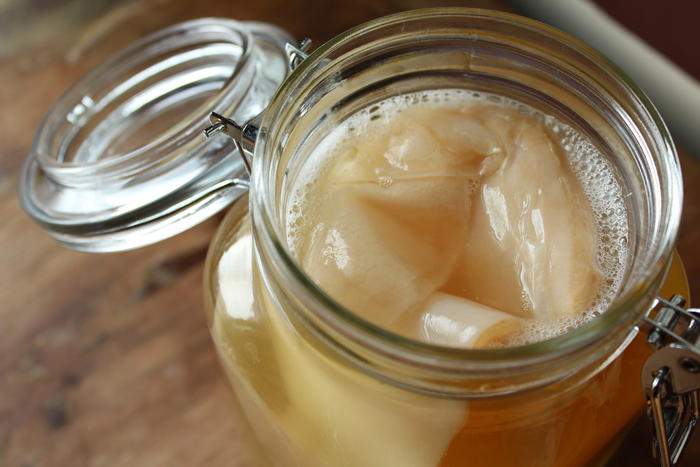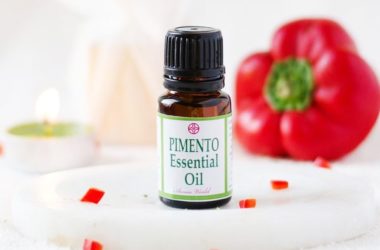Not all carbonated beverages are pure evil. There’s one kind that comes with all sorts of health benefits, and it’s called kombucha. Created in the Far East about a couple of thousands of years ago, kombucha is actually made from fermented black tea and sugar. Sometimes it is also made from green tea. After fermentation, the resulting beverage is like no other — it’s fizzy and loaded with good bacteria.
Other than friendly microbes, kombucha also contains B-vitamins, digestive enzymes, and a bunch of acids such as lactic, acetic and gluconic. These acids are really good for your body, except if you have stomach ulcers as they will surely exacerbate the symptoms. Improved digestion, pain- and inflammation-free joints, detoxification, enhanced immunity, weight loss, boosted energy levels, cancer prevention — these are some health benefits that kombucha brings.
You can buy kombucha at the local supermarket or health food store so that you may enjoy the perks mentioned above. Or you may simply brew your own version of this super healthy beverage right in your kitchen. Don’t worry because it’s really easy. You will be able to pull this one off even if you have not fermented anything in your life before. The only challenge here is getting your hands on a pack of kombucha starter culture or SCOBY.
SCOBY stands for symbiotic colony of bacteria and yeast. This is one very important ingredient that you need to have in order to turn ordinary tea into kombucha. You can buy SCOBY from a reputable health food vendor on the internet or offline. Just one word of advice: make sure that you use your SCOBY in making kombucha within 10 days after getting it. Otherwise, your SCOBY will only end up stale and the resulting kombucha will be no good.
Excited to brew your own kombucha? Below is the simplest recipe you can find out there — guaranteed!
Ingredients:
- 4 to 6 bags of black tea or green tea (depending on your preference)
- 4 liters of water (make sure that it doesn’t have chlorine as the chemical will destroy those good bacteria)
- 1 cup of unrefined sugar (artificial sweeteners are not allowed as good bacteria won’t eat those)
- 1 pack of SCOBY (don’t throw away the liquid part because you will need it, too)
Materials:
- A stainless steel saucepan that can accommodate up to 4 liters of water
- A ceramic crock or glass jar with a wide mouth, large enough to hold around 4 liters of water
- A piece of cotton or linen cloth that can be used for covering the crock or jar
- Rubber band or string
- A wooden spoon
Procedure:
- Pour water into the large saucepan and bring it to a boil. Once boiling, add unrefined sugar into it and stir with a wooden spoon. Continue stirring until all of the sugar is dissolved.
- Throw in the bags of black tea or green tea. Allow it to boil for a few more minutes. This will help ensure that bacteria that may be present in the teabags are killed off.
- After turning off the heat, allow the resulting tea to cool to room temperature. It’s important to carry out this step because adding SCOBY into the tea while it’s hot will render the kombucha starter culture useless.
- Once completely cool, have the tea transferred into the ceramic crock or wide-mouthed glass jar. Also, you may now add the SCOBY. Make sure that you also add the liquid part that comes with the pack.
- Place a piece of cotton or linen cloth over the opening, and then secure it with a rubber band or string. It’s not a good idea to opt for a piece of cheesecloth as it will permit dust to get in.
- Look for a warm spot in your kitchen that is not hit by direct sunlight. Once you found the perfect area, place your tea there. Make sure that you don’t touch the crock or jar it while the tea is fermenting!
- After 7 days, it’s time to enjoy your home-brewed kombucha!
If you find the resulting kombucha to be too sweet, you may allow it to ferment for a couple more days. If it kind of tastes like vinegar, it means that it has fermented quickly — ferment the next batch shorter than 7 days.












